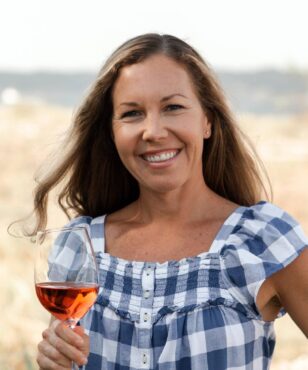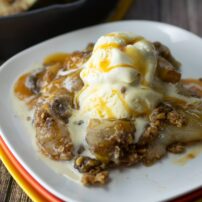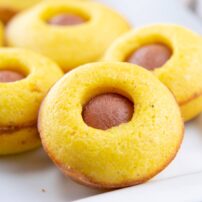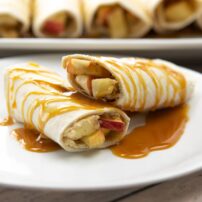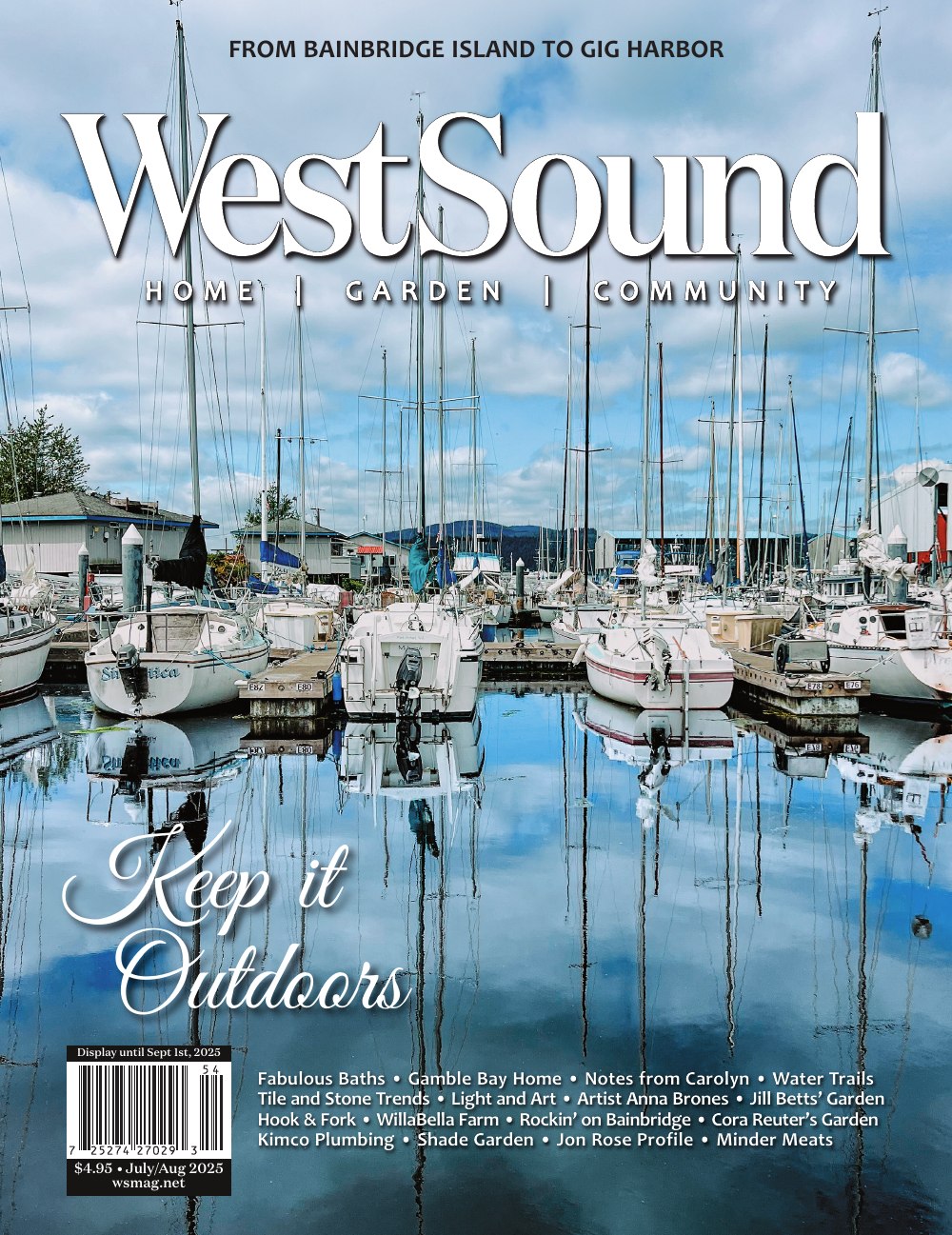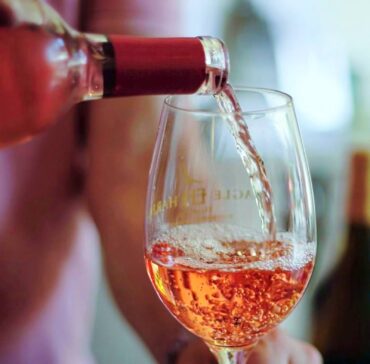
As the first warm days of summer unfold across West Sound, a certain shade of pink begins to fill our glasses. Rosé season has arrived. This beloved wine, with its refreshing crispness and versatile pairing potential, is the quintessential sip for sun-soaked afternoons and breezy evenings. But what exactly is rosé, and why has it become the go-to wine for spring and summer? More importantly, what makes Pacific Northwest rosés stand out in a sea of pink? Let’s explore.
Rosé is often misunderstood as a blend of red and white wine, but its production is far more intentional and nuanced. The signature pink hue is achieved by allowing grape skins to remain in contact with the juice for a short period — anywhere from a few hours to a couple of days — before fermentation. This technique, known as maceration, extracts just enough color, flavor and texture to give rosé its signature profile.
The style can be made from nearly any red grape variety, from pinot noir to grenache to syrah, and it ranges in color from the palest blush to a vibrant, almost neon pink. The final hue depends on the grape variety and winemaker’s approach, but all rosés share a common appeal: They’re crisp, fruit-forward and endlessly drinkable.
Not all rosés are created equal, and different styles cater to different palates. Dry rosés, like those from Provence in France, are some of the most sought-after, offering delicate floral aromas, bright acidity and notes of strawberry, citrus and stone fruit. On the richer end of the spectrum, some rosés lean into their bolder red grape origins, delivering deeper fruit flavors, spice and a more structured mouthfeel.
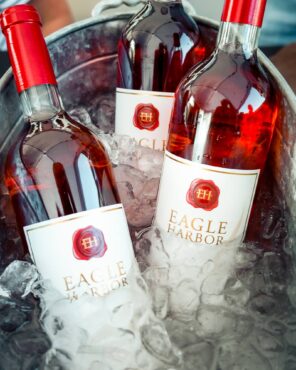
Off-dry and semi-sweet rosés offer a fruitier, softer experience, often appealing to those who enjoy a hint of sweetness in their wine. Sparkling rosés bring bubbles into the mix, offering a celebratory pop of freshness and elegance. No matter your preference, there’s a rosé style to suit every taste and occasion.
France’s Provence region is perhaps the most famous for rosé, setting the gold standard for dry, elegant expressions. Other notable regions include Spain (where it’s called rosado), Italy (rosato) and California, which has made a name for itself with high-quality rosés from Sonoma and Napa Valley.
But in recent years, the Pacific Northwest has emerged as a powerhouse for premium rosé production. Washington in particular has garnered national acclaim for the ability to craft rosés that balance Old World elegance with New World vibrancy.
There’s something about rosé that just sings of warmer days. Its bright acidity and fruit-forward character make it a natural companion to light, fresh fare — think summer salads, grilled seafood and al fresco picnics. The lower tannin levels and chill-friendly nature of rosé make it the perfect wine for sipping in the sunshine on a patio, at the beach or during a backyard barbecue.
Rosé also has a certain festive quality. It’s an easygoing, crowd-pleasing wine that doesn’t demand too much contemplation — though a well-made rosé certainly deserves appreciation. And let’s not forget: The stunning range of pink hues adds an aesthetic charm to any gathering.
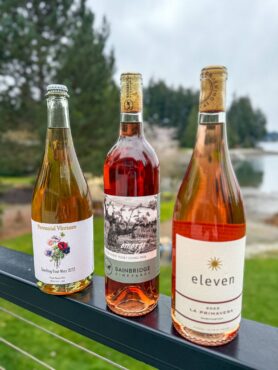
Washington state’s dynamic climate — warm days, cool nights and diverse soil types — makes it an ideal region for rosé production. The Columbia Valley, Walla Walla and Yakima Valley produce stunning expressions that showcase the natural acidity and fruit purity of the region’s red grape varieties. Many Washington rosés are made from syrah, grenache, mourvèdre and sangiovese, yielding wines with a beautiful balance of freshness and complexity.
On the west side, wineries on Bainbridge Island and in the Puget Sound AVA are embracing rosé with exciting results. The maritime influence contributes to a lighter, more delicate style, perfect for those who prefer a subtler expression of pink. Seven wineries across Kitsap County have come together to offer tastings in one location four times a year. The next event, happening this summer, is a great opportunity to try locally grown and made rosés. Check out www.kitsapwineries.com for a lineup of events.
For those looking to explore Pacific Northwest rosés, there’s no need to travel far. Local wineries such as Eleven Winery, Bainbridge Vineyards, Perennial Vintners and Eagle Harbor Winery on Bainbridge Island offer excellent examples of Washington-made rosés.
So, as the days grow longer and the temperatures climb, consider stocking up on a few bottles of locally made rosé. Whether you’re enjoying a sunset by the water, hosting a summer brunch or simply unwinding on a warm evening, rosé is the perfect companion. And with the Pacific Northwest’s growing reputation for exceptional pink wines, there’s never been a better time to sip local and embrace the season in style. Cheers!




